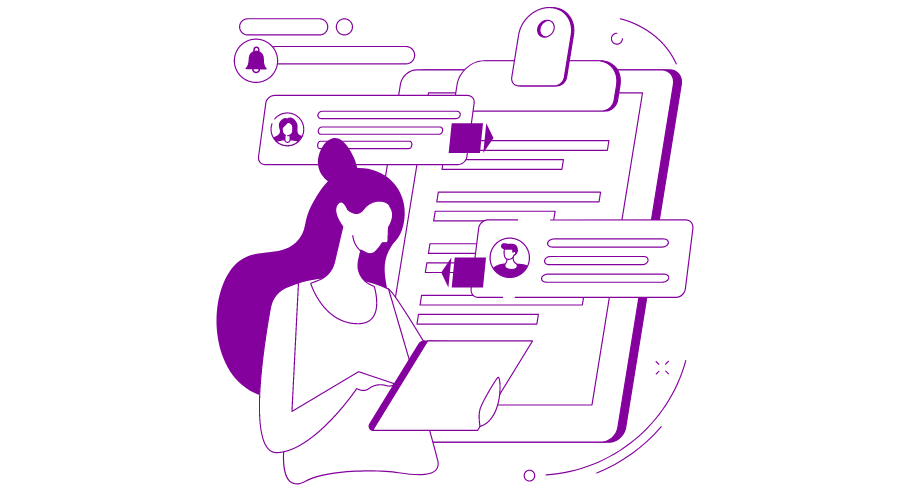What is Needfinding? Its importance, how to conduct Needfinding and FAQs.
June 29, 2021 Max 3min read

What is Needfinding?
What is the need for developing a product? This question is the earliest question in the product development process.
Before taking the first step, before making the plans, or adding the first feature to the product, the question arises, why is the product being developed? For what needs?
Needfinding is the process of answering (or finding the answers to) these questions.
Needfinding is a qualitative approach of research that is aimed at finding out unknown or unacknowledged needs of the users.
What the people need can be found out by various methods like public surveys, interviews, researches etc.
Why needfinding is important
Realising the public’s needs can be leveraged over the whole business project, giving value beyond the development of any single product.
Needs stay relevant for more time than any specific solution. Needs are a constant phenomena.
Needs drive your product development process and eventually the overall business. If you don’t focus on needs and the product doesn’t address the typical needs of the user, then you won’t be able to convince the people to buy your product no matter how much resources you put up in the marketing of the product.
So every need is an opportunity for the business to enhance the product’s service or capabilities.
The phases of the product development process are all aligned with needs, be it an improvement, feature adding, marketing strategies, or product excellence.
It provides a roadmap for development and design. The consumer needs to give vital insights to the designer to add necessary features, to replace those features that do not cater to the user’s needs.
Needs pace up the process. They drive the action. The ultimate goal is to provide solutions to user needs.
So the most basic and vital step in any business or product development is to find all the needs of the target market.
The more refined your needfinding results are the better product or services you can provide to the customers resulting in better sales.
Principles of Needfinding
The core principles behind needfinding are:
(i) Focus on needs, not solutions
(ii) Coherent research and design
(iii) Connect with the customers
(iv) Focus on long-standing issues
(v) Let the customer set the agenda
(vi) Compile a wide range of data
(vii) Make concrete and prescriptive findings
(viii) Iterate to revise and refine the findings
How to conduct needfinding
Needfinding is conducted in four stages:
Frame and prepare
List out what your market might need. This way you can conduct streamlined research and select specific user personas.
Watch and record
Observe the target audience, study their routine and behavior. Record the relevant information and patterns.
Ask and record
Survey and interview the customers. You can ask them questions to verify your assumptions.
Interpret and reframe
Compile all the information that has been gathered in a report. Interpret it to reflect the user’s needs. Iterate and reframe the report because needfinding is a constant process in a continuously variable market environment.
Difference between needfinding and other customer research
The product manager conducts various types of customer research to get insights into the target market.
Some common ways to do this are surveys, focus groups, customer advisory boards and customer interviews.
But in case of Needfinding, the difference lies in the fact that these needs are to be found out from the customers when they themselves aren’t aware of those needs.
An assumption is made by the product manager that the customers might not be aware of their needs and this is what makes needfinding a broad and vast approach.
The methods in need finding involve observation of customer’s routine and behavior that can reveal unacknowledged needs.
You may also be interested in:
FAQs
Needfinding is a qualitative approach of research that is aimed at finding out unknown or unacknowledged needs of the users.
Through needfinding, the product development teams get to have a roadmap that aligns all the tasks, features, and product development processes with the targeted customer needs. These needs are generally untapped and the customers might also be unaware of them. So finding out these needs and working on them gives you a lead over other companies. The more refined your needfinding results are the better product or services you can provide to the customers resulting in better sales.
User needs that aren’t acknowledged by the user itself. They can be found out by observation of behavior and routine of the user.
